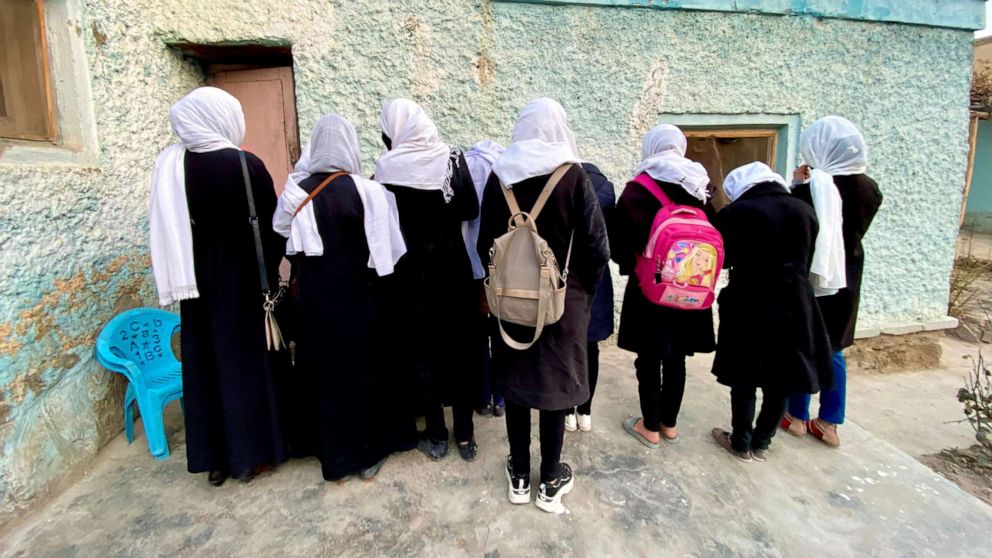What happened after we left Afghanistan: Reporter's notebook

Afghanistan is collapsing before our eyes, whether or not we choose to see it. Most aid agencies are issuing emergency alerts and appeals.
We met little Mohammed in the hospital. The 2-year-old weighs just 11 pounds. The average 2-year-old in America weighs more than double that. He is all skin and bone and it’s difficult to witness. Mohammed is not alone. The picture across the country is dire.
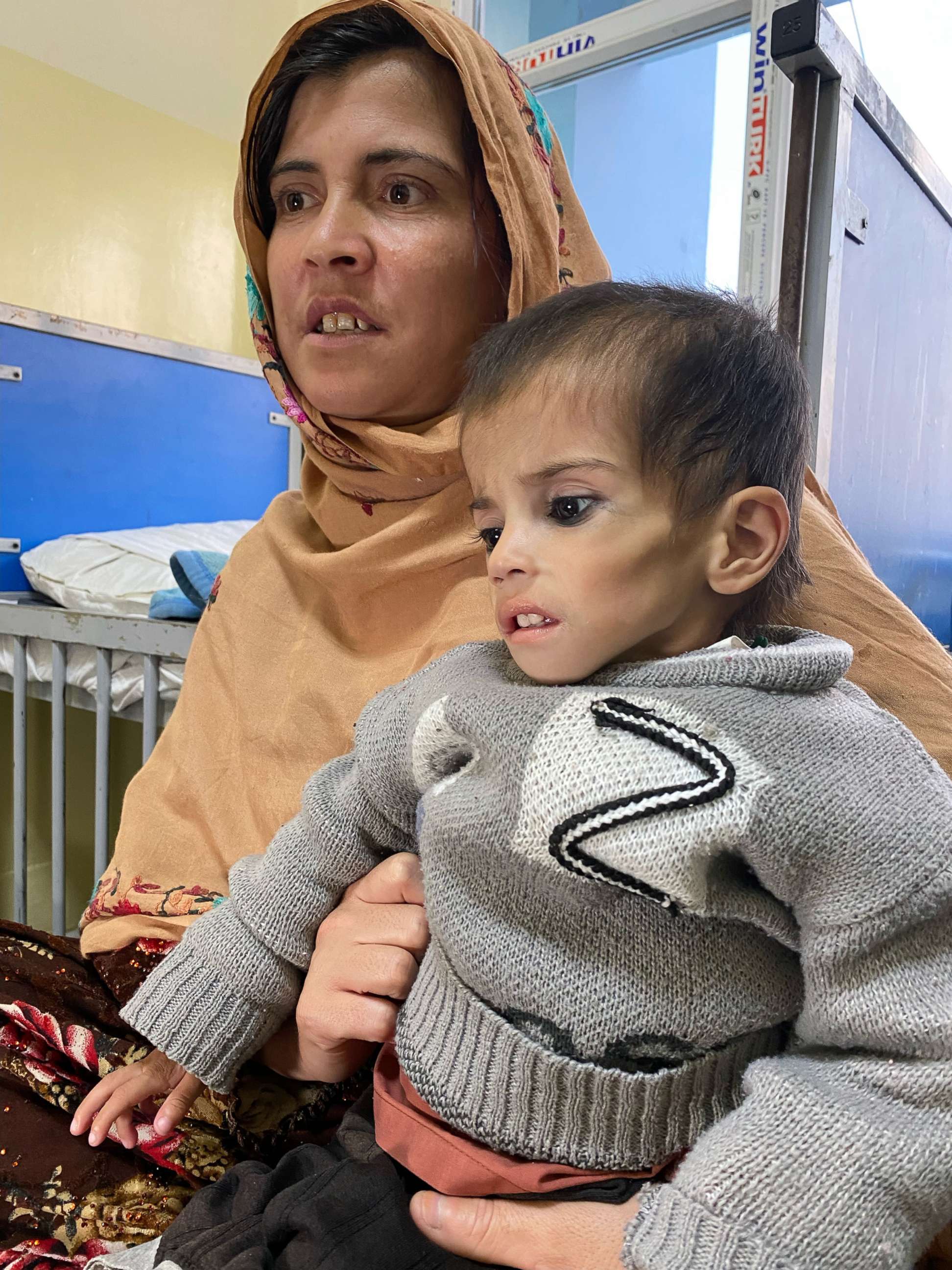
The United Nations is warning as many as 1 million children could die this winter in Afghanistan.
One million. That dwarfs the total number of people killed in this country during the entire 20-year war.
Local media and residents report the price of bread has roughly doubled since we got here. What does that mean? Put simply, hunger and starvation are already here and kicking in the door.
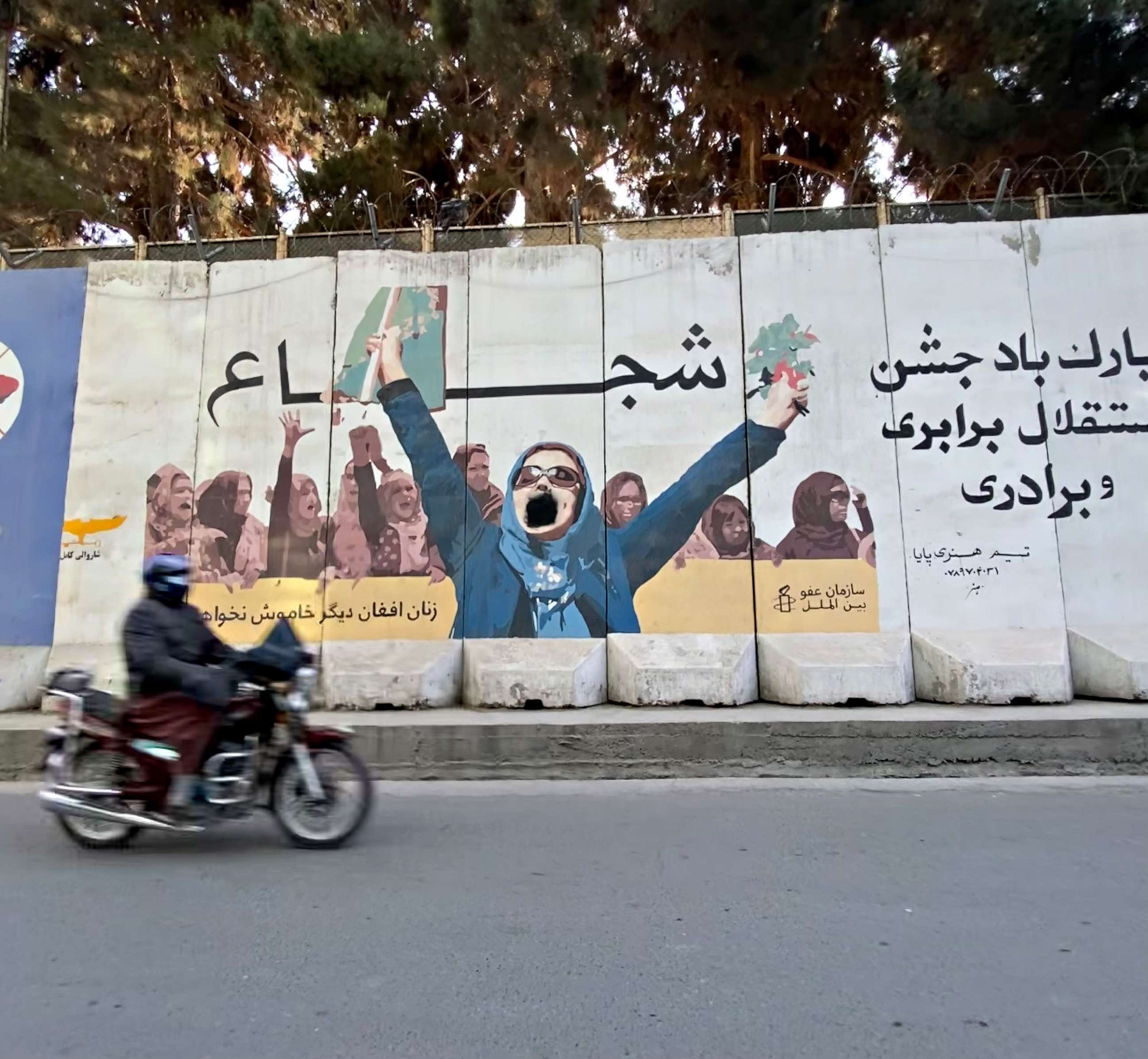
There is a catastrophic collision of events taking place right now in Afghanistan following the withdrawal of U.S. troops and the takeover by the Taliban.
The economy is tanking, banks are closed or limiting access to funds, overseas assets are frozen, foreign aid from America, Europe and others, that kept the country afloat and its hungry fed, has been frozen, salaries are unpaid and unemployment is through the roof. These issues are on top of the pandemic and the severe drought the country is facing. The U.N. warns as many as 90% of the population could be in poverty by next year.
Even though international donors, including the U.S., have agreed to transfer $280 million from a frozen World Bank fund to help the U.N. deliver food and health services, it is far short of what the country is likely to need to properly function and the increased aid won’t start to be disbursed until the end of the year.
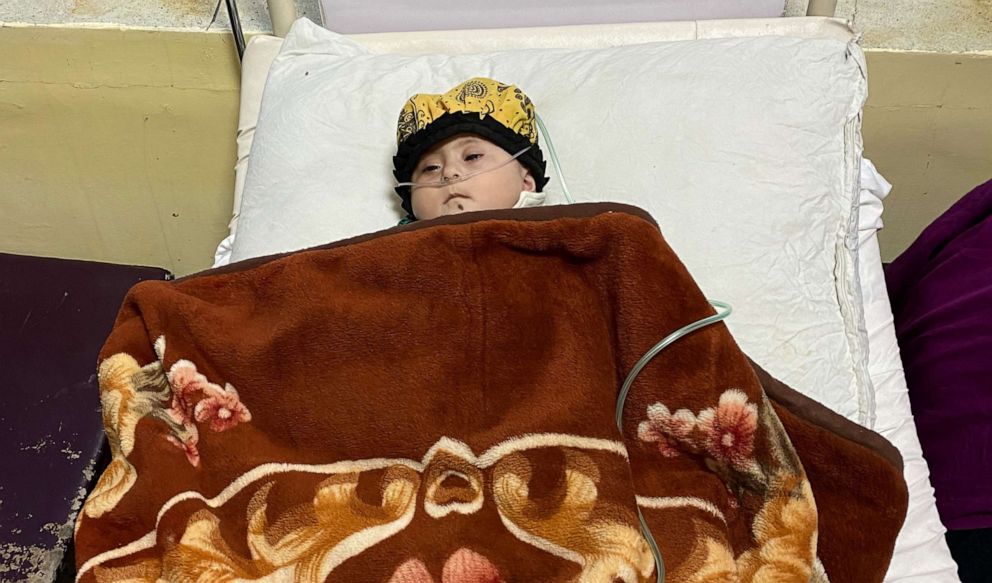
For the women and girls of Afghanistan, the worst has come to pass. We met a female news anchor and her little sister this week. They wept while talking of the lives they have lost. Today they live in hiding, barely leaving home. But there is resistance and although hope may be evaporating, some still fight on. At a secret underground girl's school, we saw those defying the Taliban’s ban on girls education. Every one of the girls' brothers goes to school each day; they must sneak through the backstreets just to try to get an education.
Unsurprisingly perhaps, the Taliban is not fit for government. There are divisions within its ranks and it has an ongoing battle against ISIS-K, which has emerged stronger than ever since the Taliban swept to victory amid warnings the country risks being a base for international terrorism once more.
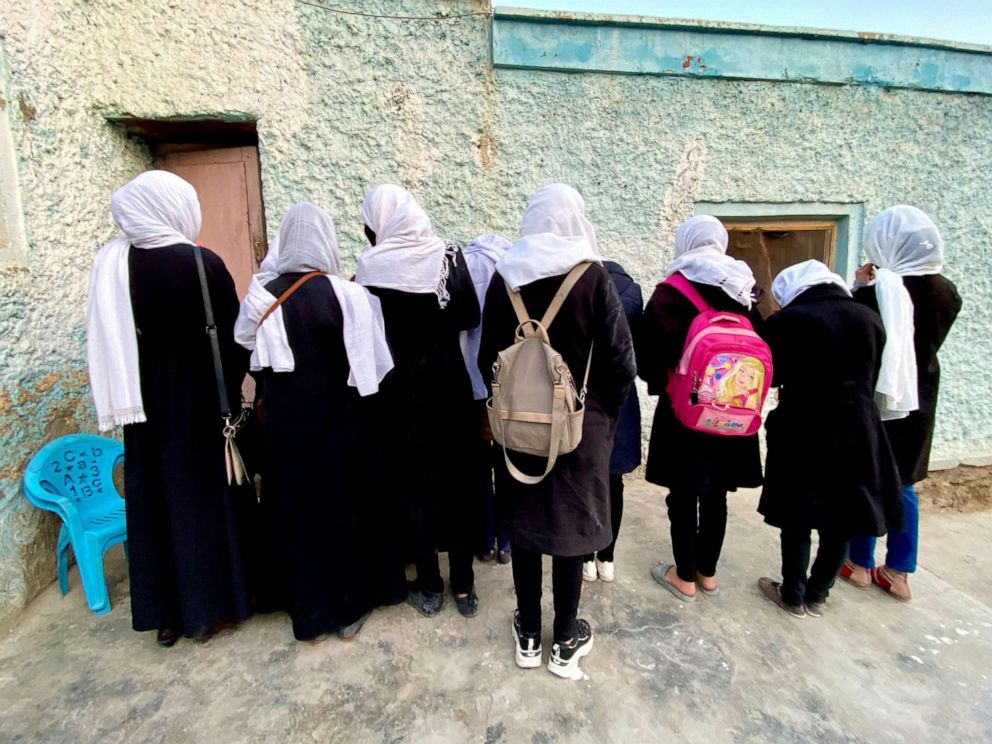
Afghanistan was already struggling as a nation before the U.S. and NATO withdrawal, but in the last three months, it has witnessed one of the most rapid economic collapses in modern history.
And it is the most vulnerable, the children and the women, who will bear the greatest burden of this thoroughly man-made disaster.
If little Mohammed lasts the winter here, it will take a miracle.
If you would like to help feed those impacted by the humanitarian crisis in Afghanistan, you can contribute here to the U.N.'s World Food Program USA or to UNICEF. The organizations are both on the ground in the country providing food and resources to those in need.
